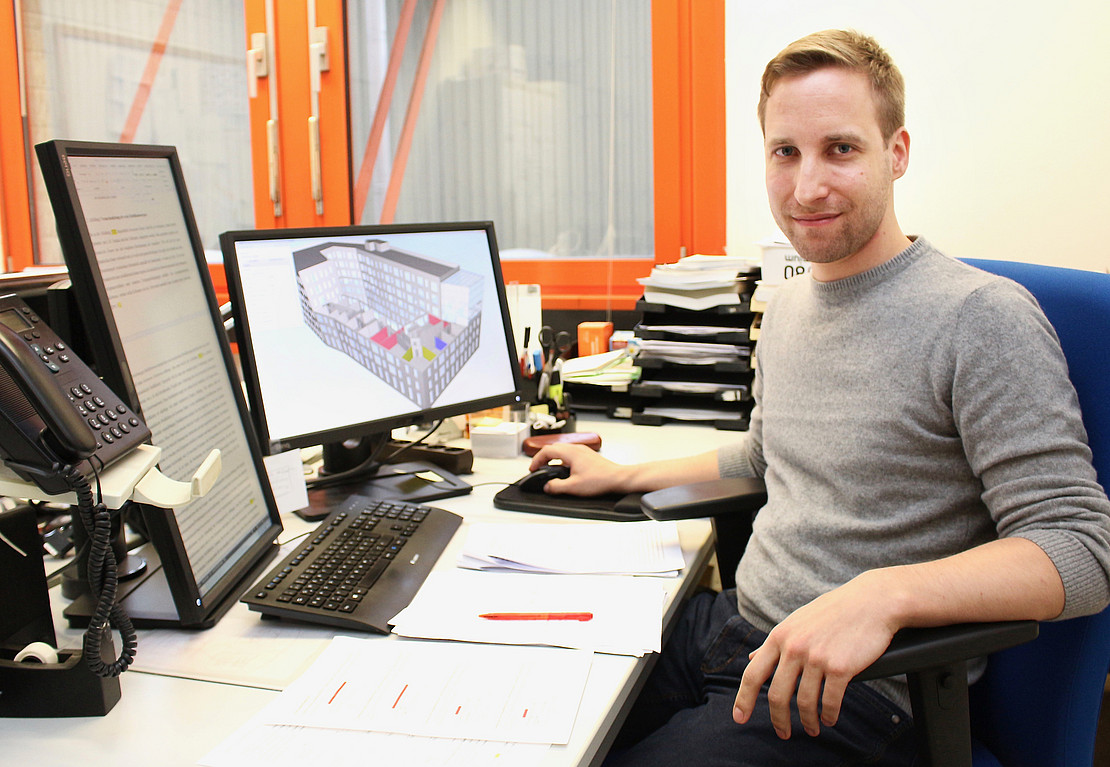This page contains automatically translated content.
Ralf Gnerlich makes disturbed construction processes digitally visible
 Image: Pamela De Filippo
Image: Pamela De Filippo"They are constantly present in the media: major construction projects that are delayed and becoming more and more expensive. Berlin's BER airport and Stuttgart 21 are very well-known examples. Who is responsible for disrupting the construction process and who is expected to bear the resulting additional costs is often difficult to understand in retrospect. Too many players are involved, too many construction measures come together. As a civil engineer, I myself have already supervised a major construction project as site manager. I am familiar with the complexities of construction sites.
In order to separate the contractual claims arising from disturbed construction processes, expert opinions are used, especially in complex situations. However, the preparation of such construction-related expert opinions can be time-consuming and sometimes confusing with the methods used to date. This is where my research topic comes in: In my dissertation at the Department of Civil and Environmental Engineering, I developed a digital verification method that reconstructs disturbed construction processes by breaking them down into plausible individual steps. Furthermore, it pre-structures the calculation results for a comprehensible compilation. The documented facts are also included in this process.
The starting point is the so-called Building Information Modeling (BIM), which is to be used as standard in the international construction industry from 2020. Here, a digital building model generally serves as the basis, providing holistic access to its virtual components. In addition to information about component geometry or component materials, such a model can also be used, among other things, to depict complex production steps very clearly. But that's not all: The developed simulator concretizes the target/actual construction sequence and assists in a factual analysis of the documented malfunctions. At the same time, access to all associated documents and data is possible.
What attracts me to my research work is the versatility. In the development of the analysis tool for construction management reports, several topics that are very exciting for me come together: construction management, programming and contract law."